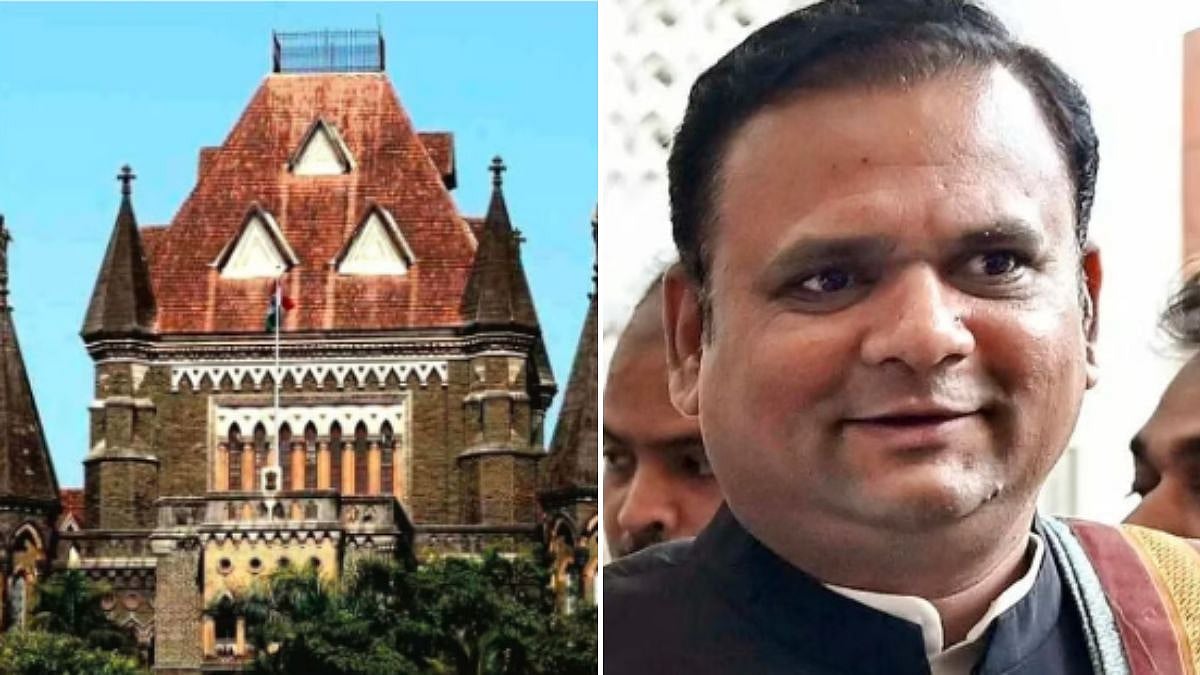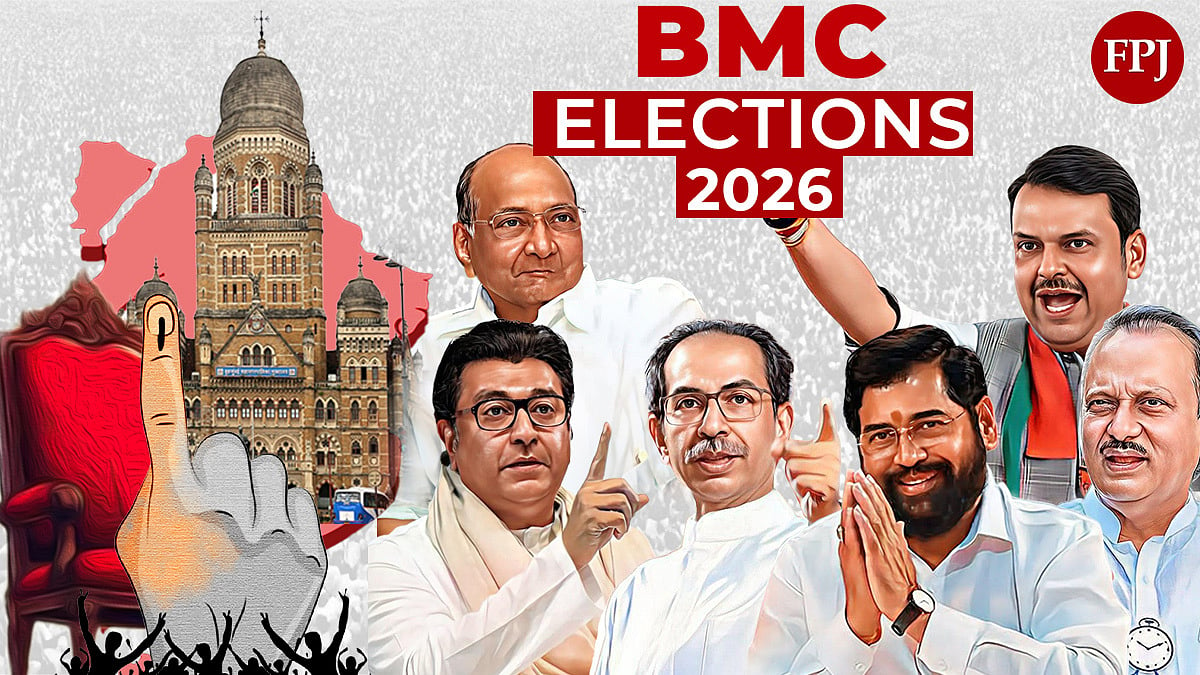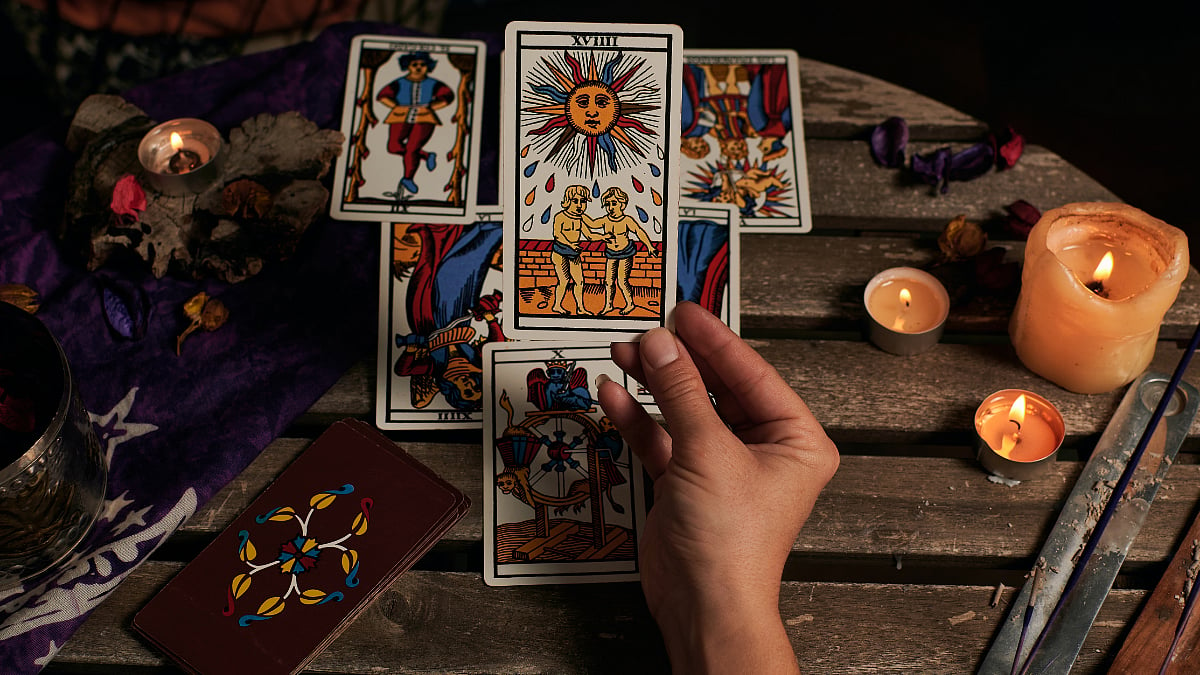During the Mumbai Gallery Weekend, a vibrant celebration of creativity unfolded as I explored various galleries, reconnecting with old friends amidst the winter air charged with artistic energy.
This weekend concept serves as a rendezvous for art enthusiasts, providing a unique connection between the art community and the diverse city crowd. Marking my calendar for this event has become a personal ritual, ensuring I experience a multitude of exhibitions in one evening. It serves as a preview, guiding my choices for a more extended exploration later in the week.
Among the talented artists encountered, Anant Nikam’s exhibition at a brand new space in Colaba left an indelible mark. Anant Nikam, a former professor at Sir J.J. School of Art in Mumbai, navigates an intricate artistic journey seamlessly intertwining printmaking and painting. His collection exudes a serene and calm aura, a departure from the usual vibrancy in contemporary Indian art. Symbolic branches in his work evoke life experiences, connecting viewers to rural roots and prompting profound reflections on time and memories. Nikam’s geometric shapes, particularly the small triangles, invite contemplation on human existence, architecture, and cultural symbols. His art transcends nostalgia, transforming memories into a vibrant celebration of colours.

The conical structures, reminiscent of traditional forms, become a conduit for connecting with India’s artistic heritage and Nikam’s experiences. Delving into Nikam’s artistic techniques reveals a strategic use of perspectives, color gradations, and formal methods. This meticulous approach offers viewers a personal journey through moments of visual intensity and abstraction.
Nikam’s art draws inspiration from global aesthetics and various artistic traditions, reflecting a synthesis of influences ranging from Albrecht Durer to tribal and folk artists. Nikam’s departure from printmaking to painting in 2006, showcased in the exhibition Illuminations, marked a significant shift in his artistic expression. His paintings, characterized by restrained and calm compositions, mirror his personality. The use of umbers, yellow ochres, and grays structures spaces with an austere palette, capturing childhood imprints and rituals from his native Ambejogai. The artist’s contemplation on his work provides insight into the spirituality embedded in his creations. He describes the syntax of triangular configurations, parabolic curves, and petal-like forms, drawing inspiration from votive offerings made at shrines and pilgrimage places. Nikam’s painted spaces echo a silent prayer, inviting viewers into a realm of personal spiritual introspection.

In parallel, Arvind Sundar, another artist highlighted during the weekend, takes a distinctive approach. Sundar’s exploration of geometry, grids, and mathematics manifests in paintings, drawings, and objects that delve into his spiritual and physical connectedness to mathematical systems. His recent works delve into repetition, deconstruction, and seriality involving sacred geometry. Sundar’s artwork becomes a personal visual representation of the age-old Greek problem of ‘squaring the circle’. Through a dynamic interplay of geometric shapes, he seeks to reconcile the inherent differences between circles and squares, metaphorically reflecting the perpetual human pursuit of equilibrium and unity. This mathematical quest is intricately linked to sacred geometry, echoing the words of Dante in Paradiso. The cubic shape of the Kaaba in Islam, symbolizing unity and oneness, finds a personal parallel in the attempt to unite two fundamental geometric shapes in squaring the circle. Sundar’s exploration mirrors the convergence of diverse elements, resonating with the architectural design of the Kaaba.
Circling the Square, the name of my show of functional art in 1993, holds a special place in my heart. Prabhakar Barwe named it, introducing a new direction where artists like Barwe, Navjot, Akbar Padamsee delved into the subject of functional art with their own sensibility. The phrase is dear to me, influencing the title of my column here as well.
Seeing Arvind working on the same age-old mathematical problem of solving squaring the circle through art, after three decades, brought a smile to my face.
(Sonal Motla is an art curator and Director at Rachna Sansad and a visiting faculty with educational institutions like NIFT Mumbai, among others. Send your feedback to: sonal25fpj@gmail.com)











